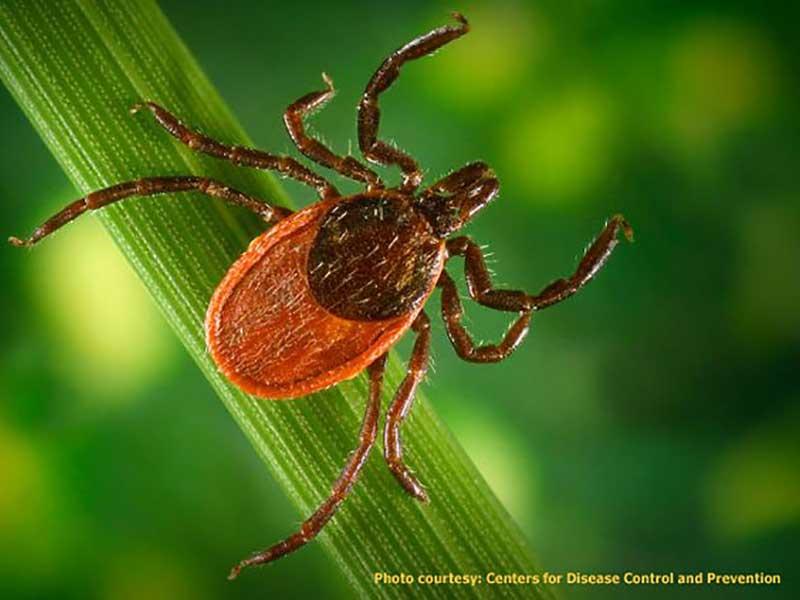Our Changing Seasons
Climate change has already affected Minnesota's seasons — winter lows have already warmed by over 7°F in Northern Minnesota since 1895. While there are no discernible change in summer highs yet, spring thaw is happening earlier and the first fall freeze happening later. In fact, observations show that the growing season has already lengthened by two weeks since the 1950s.

Some maple syrup producers have already noticed that the sap running season has shifted from March to early February or even late January.
Climate change will affect the timing of the seasons in the future too. Winters are expected to become shorter, warmer, and wetter. Spring precipitation and heavy precipitation are both expected to increase in the future. Summer is likely to become warmer and longer, starting earlier in the year and stretching later. The last freeze in the spring is expected to happen earlier and earlier, while the first freeze is likely to occur later and later.

Consequences
References & Suggested Reading
Harding, K. J., and P. K. Snyder, 2014: Examining future changes in the character of Central U.S. warm-season precipitation using dynamical downscaling. Journal of Geophysical Research: Atmospheres, 119, doi:10.1002/2014JD022575.
Harding, K. J., and P. K. Snyder, 2015: Using dynamical downscaling to examine mechanisms contributing to the intensification of Central U.S. heavy rainfall events, Journal of Geophysical Research: Atmospheres, 120, doi:10.1002/2014JD022819.
Liess, S., Twine, T. E., Snyder, P. K., Hutchison, W. D., Konar-Steenberg, G., Keeler, B. L., & Brauman, K. A. (2022). High-resolution Climate Projections over Minnesota for the 21st Century. Earth and Space Science, 9, e2021EA001893. https://doi.org/10.1029/2021EA001893
Melillo J., T. Richmond, and G. Yohe, 2014: An assessment from the U.S. Global Change Research Program to inform the public with scientific information and methods regarding climate change.
Pryor, S. C., et al., 2014: Ch. 18: Midwest. Climate Change Impacts in the United States: The Third National Climate Assessment, J. M. Melillo, Terese (T.C.) Richmond, and G. W. Yohe, Eds., U.S. Global Change Research Program, 418-440. doi:10.7930/J0J1012N.
USGCRP, 2018: Impacts, Risks, and Adaptation in the United States: Fourth National Climate Assessment, Volume II [Reidmiller, D.R., C.W. Avery, D.R. Easterling, K.E. Kunkel, K.L.M. Lewis, T.K. Maycock, and B.C. Stewart (eds.)]. U.S. Global Change Research Program, Washington, DC, USA, 1515 pp. doi: 10.7930/NCA4.2018.


